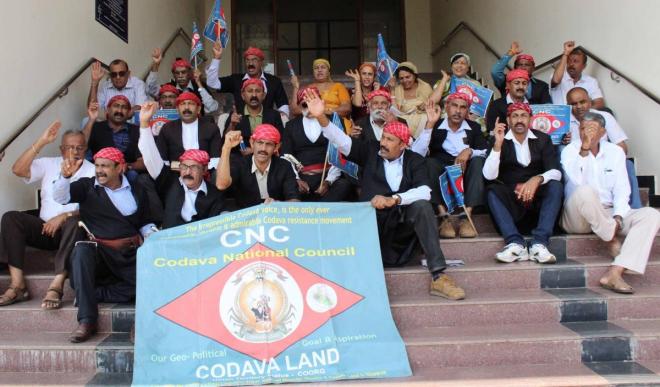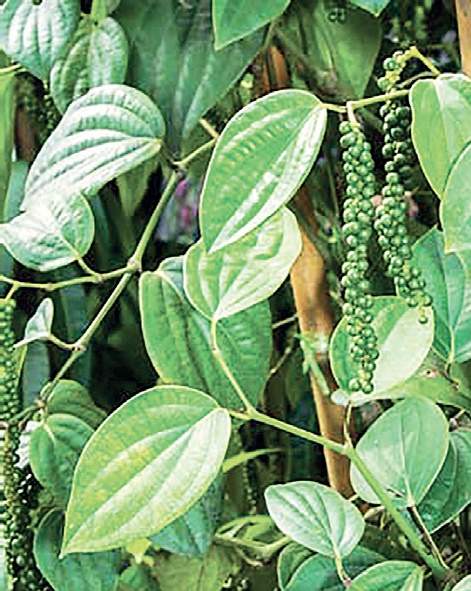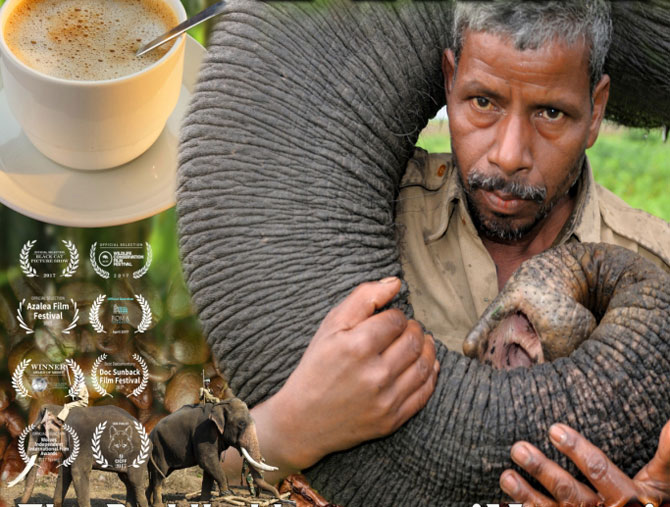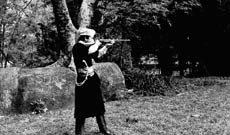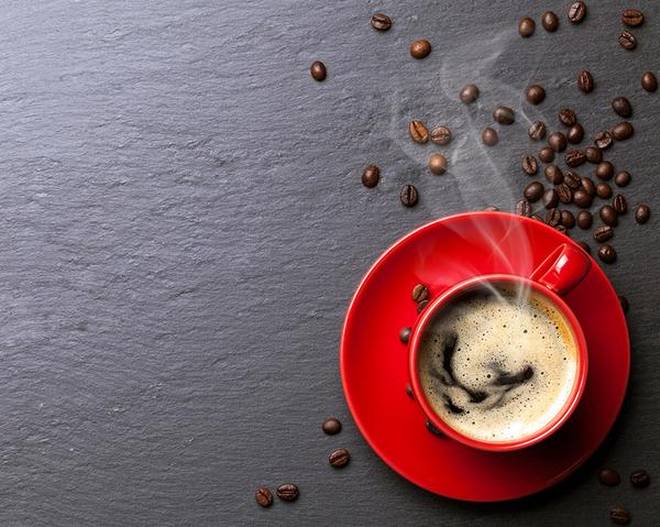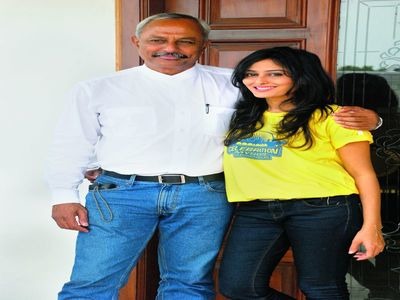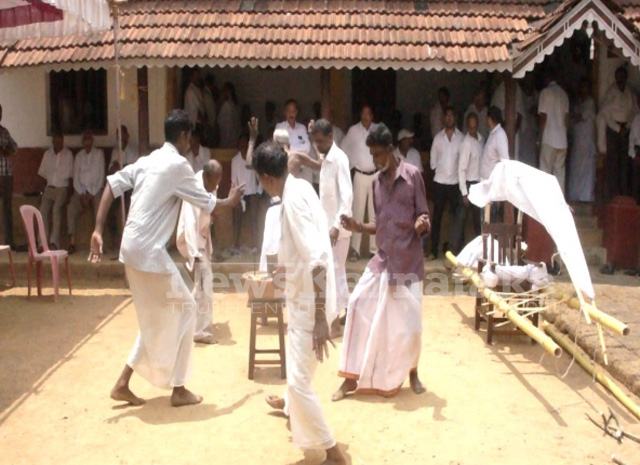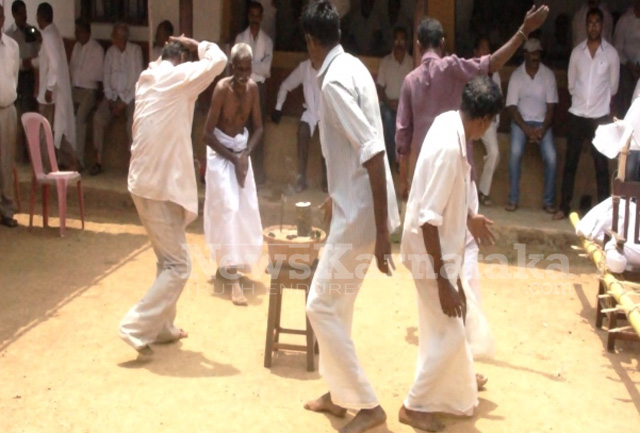Veena Poonacha’s recent book on three Kodagu women chronicles a significant journey into the changing fortunes of women in India, says Geeta Seshu
“At the age of 15, my great-grandmother travelled every day to supervise the construction of our family home, sustaining herself only on curd-rice and dry fish. Though my grandmother was widowed at the age of 39, she lived alone with a pistol under her pillow and built the family fortune. My mother went back to her roots and devoted her life to education.”
Meet Dr Veena Poonacha. And meet her great-grandmother, Ponamma, her grandmother, Subamma, and her mother, Neelamma. And don’t stop here. Meet all the courageous, intrepid women of the Kodava (Coorgi) community who helped carve out a unique race of warriors in the land of a thousand hills.
Dr Veena Poonacha, Director of the Research Centre for Women’s Studies (RCWS) at Mumbai’s SNDT University, has devoted many years to a study of the status of women in Coorgi society. She has drawn inspiration from the rich lore of oral history and the amazing collection of letters and photographs from her family and clan for her book, “From the Land of a Thousand Hills: Portraits of three Kodagu women”, published in December 2002 by SPARROW, the Sound and Pictures Archives for Research on Women.
“My mother was a great storyteller. She literally fed us with stories of her mother and her grandmother and of life in the Kodava/Coorgi community. I merely retold their stories,” says Poonacha.
Indeed, the folk literature is replete with the rich cultural and social history of Coorg. Coorg, or Kodagu as it is now known, is the smallest district in Karnataka. It has beautiful forests and verdant hills that house the landowning warrior community that even now forms a significant part of the Indian army. They were free of the pernicious caste system and taboos. While paddy was the primary crop, the economy was monetised under the British and coffee was introduced in 1845. Land relations changed and traditional inheritance laws, that hitherto maintained that land devolved from one generation to another, were replaced by the colonial policy wherein ancestral property was transferred from father to son.
Consequently, gender relations underwent a major transformation. In the past, the family owned the land and was maintained by both men and women of the community. Women never lost the right to return to their maternal home. Child (pre-pubertal) marriages, prostitution and polygamy were not known. Women were educated and enjoyed a respected status in the community.
The folklore of the Kodavas celebrates the involvement of the women in cultivating the land and reaping the harvest; of their confident initiatives in love affairs and even of their bravery in dealing with clan enemies and eking out a living in inhospitable terrain inhabited by wild animals. The ballad, ‘Polladevira Aiyappa’ tells of Chiyavva of the Kelappanda Okka (clan) who encounters a tigress when she goes to the jungle to fetch wood. She kills the tigress and captures her cubs. Then, referring to the social practice of honouring a man who kills a tiger, she demands to be similarly honoured by her community.
It was not easy for Poonacha to write about her family. Though she has done extensive research on the women of Coorg, co-authored a book on domestic violence (‘Responses to domestic violence in Karnataka and Gujarat’) and written on gender and human rights, these were largely academic pursuits.
“I first thought of preparing archival material for SPARROW. But when I began working on it, the names of my grandmother and great-grandmother kept coming up,” she says. Their histories span 82 years, from the late 19th century to the mid-20th century, and end with the marriage of Neelamma in 1950. Clearly, Ponamma was a larger than life figure. She got married at the age of 13 and then set about building the family fortunes against all odds. She taught herself English and inculcated the value of education in her vast family.
Subamma, a gentler version of her mother Ponamma, struggled throughout her life. She was widowed young. But this did not prevent her from learning all the arts and excelling at playing the violin. She was a shrewd businesswoman and made wise investments that saw her family through the collapse of the banks and the crash in coffee prices in the 1930s. Though she lost her vision in later years she still fought a bitter legal battle to retain control of her marital property.
Subamma’s daughter, Neelamma, was initially not keen on marriage but wanted children. She made the first move in her relationship with her husband, Subiah, quaintly referred in the book as Willie, an English nickname. A large part of the book is devoted to the letters exchanged between Neelamma and her husband. The couple discussed women’s rights, education and their hopes for a bright future. The letters also provide a fascinating insight into the minds of two educated, socially enlightened people during the Freedom Struggle and as India gained Independence.
For Poonacha, writing about her mother Neelamma was not an easy task. For one, her own version of her parents differed considerably from that of her brothers. “We need to see our parents as human beings,” she feels. Gaining a perspective into the lives of her ancestors, and through them, into that of her community, Poonacha’s book chronicles a significant journey into the changing fortunes of women in India.
Geeta Seshu is a Mumbai based freelance journalist who writes on development issues.
source: http://www.indiatogether.org / India Together / Home / by Geetha Seshu / January 01st, 2003
